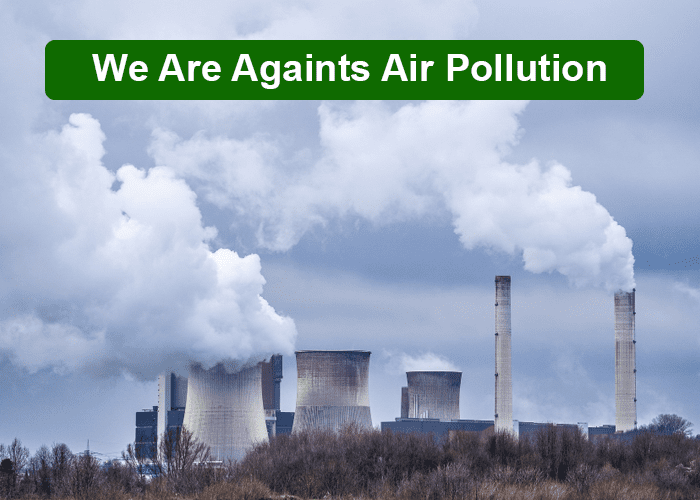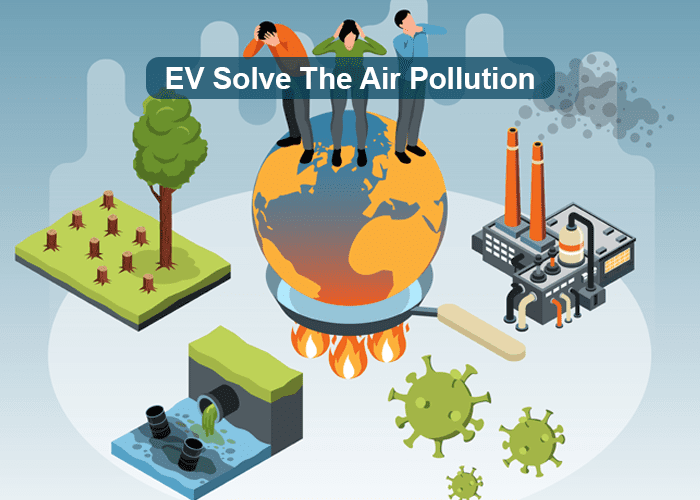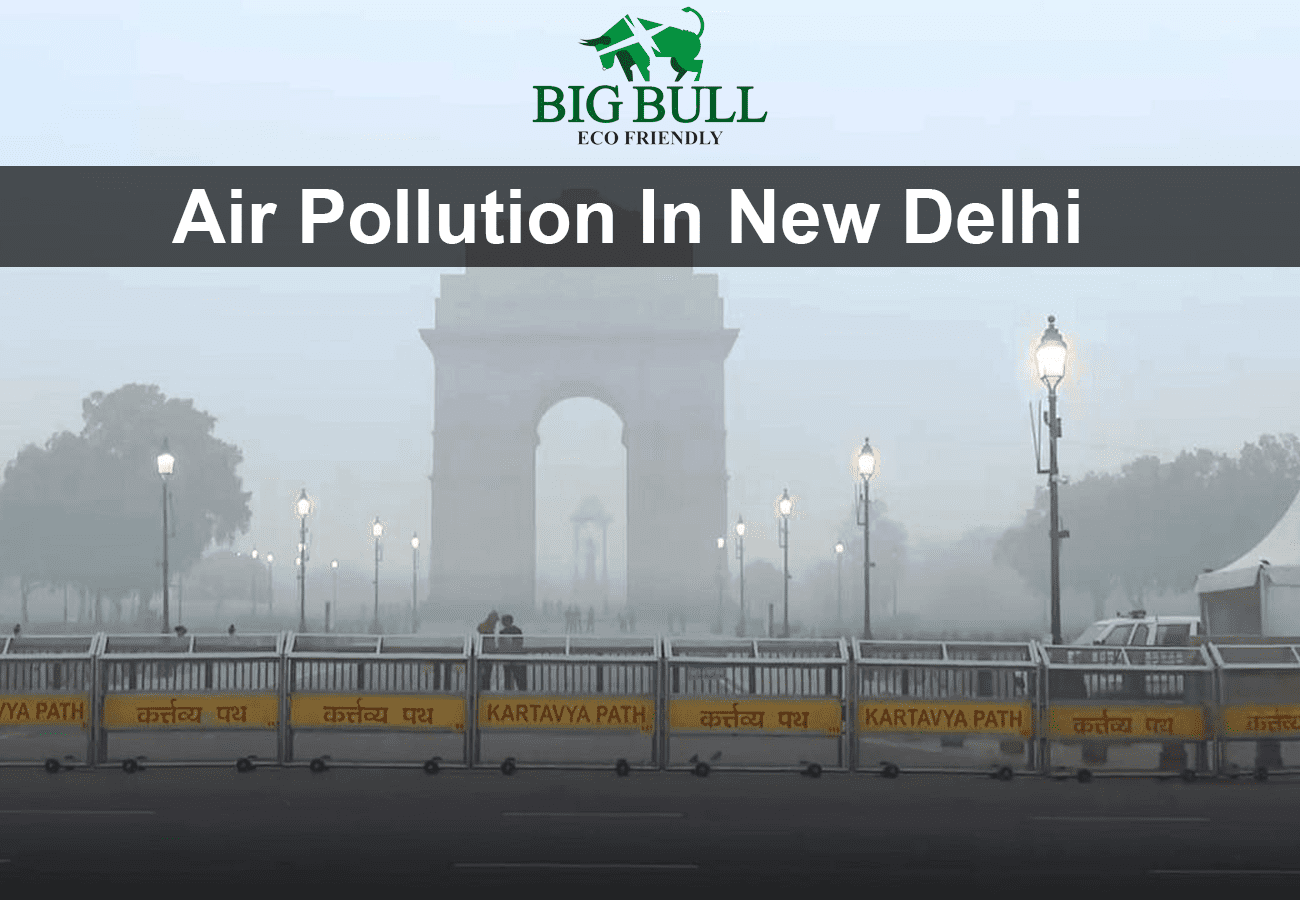Due to our excessive reliance on fossil fuels and the poor filtering techniques our factories have implemented, Indian cities rank among the most polluted in the world. Air pollution in Delhi has been a major problem nowadays. Delhi’s air pollution index has risen to an alarming 400, which could have a major impact on citizens’ general quality of life. To cure the major problem in Delhi we need to put an eye on the electric vehicle to cure the pollutant world into a green environment.
Table of Contents
ToggleHow air pollution in Delhi is affecting the environment
Although pollution has long been a problem for the entire nation, metropolitan centres and metropolises have been particularly hard hit. In recent years Indian cities have consistently been included among the most polluting cities worldwide. Air pollution in Delhi has also frequently performed the worst out of all Indian cities, earning the dubious distinction of being named the world’s most polluted city for four years running in 2022. The capital city and the surrounding districts continue to have unacceptable levels of air pollution from an environmental and health perspective, even though we are still in the middle of winter after this the main reason of the pollution will arise that is Diwali, the burning crackers will make the clean sky gloomy with the smoke.
SWITCH DELHI campaign against air pollution

The Switch Delhi campaign was started by the Government of the National Capital Territory of Delhi with the aim of educating, inspiring, and motivating Delhi residents to convert from gas-powered automobiles to electric ones. The Delhi government has established social media accounts as part of the initiative to establish a direct line of communication with the citizens of Delhi. With an emphasis on public awareness initiatives, Switch Delhi was scheduled to run for eight weeks from February 3, 2021, to April 6, 2021. The campaign aimed to enhance public knowledge of the advantages of moving to electric vehicles (EVs) in Delhi and the Delhi Government’s Electric Vehicle Policy, which aims to accelerate the adoption of EVs by utilising government-mandated incentives.
The public outreach for the Switch Delhi campaign was eventually extended to cover several months, even though it was once just supposed to run for eight weeks. As part of the effort, the Delhi government set up social media accounts to interact with the public directly and educate them about the advantages of electric cars. This may cure the tremendous air pollution in Delhi and also many lives who suffers from respiratory problems.
The Switch Delhi campaign’s social media outreach will be led by the Delhi Dialogue and Development Commission. Switch Delhi’s social media accounts will serve as a channel for direct communication with the public responding to complaints from those attempting to obtain subsidies or experiencing other difficulties with purchasing electric vehicles. The handles will also disseminate success stories and endorsements from EV owners in an effort to inspire Delhiites. Through its social media handles DDCD will also address questions and misconceptions may arouse about EVs.
Can Ev’s solve the air pollution in Delhi/India?

Air pollution in Delhi levels were 42 times higher than the permissible limit in October 2023 due to hazardous haze caused by firecrackers, which prompted authorities to issue the year’s highest level smog alert. The large number of conventional motor vehicles in the city is a major contributor to air pollution in Delhi. These cars can be powered by gasoline or diesel, they therefore release chemicals such particulate particles, hydrocarbons, nitrogen oxides, and carbon monoxide. These compounds are the ones that pollute the air. Subsequently, breathing in air pollution causes health issues such as lung cancer, emphysema, asthma, heart disease, and even death. An increasing number of governments are encouraging the usage of electric vehicles as a means of combating air pollution. Electric cars don’t operate on gasoline or diesel like conventional cars do.
Battling the Annual Air Pollution Crisis in India's Capital Region
The Indian capital region, which includes Delhi, Noida, Ghaziabad, Faridabad, and Gurgaon, is once again making the rounds on the internet for the same old issue just as it does every year. As winter approaches, individuals are exposed to extremely harmful air with several locations experiencing AQI readings over 500. The government is addressing this issue in a number of ways that will stop it from getting worse. However, the government’s efforts are insufficient to solve the issue on their own. The average person can make a significant difference in protecting the environment by driving pollution-free electric automobiles in the city.
New Delhi’s clock is ticking, Millions of people in the Indian capital will be struggling to breathe due to the city’s infamous seasonal haze as another November draws near. There will be no schooling and office will be in work from home. It will be suggested to the susceptible to stay inside. Patients with respiratory illnesses will be overcrowd hospitals. Over two million deaths in India are attributed to air pollution on a national scale each year. Lung cancer, which is typically linked to smoking is fast rising among those who do not smoke and in India air pollution claims a child’s life every three minutes.
Conclusion of Air Pollution
The transition to electric vehicles extends beyond automobiles. Seventy-five percent of Delhi’s vehicles are two- or three-wheelers, and the Delhi EV Policy offers incentives for electric rickshaws and electric bikes. The government has declared that these smaller electric vehicles will be able to be charged at reduced rates at charging points. The capital saw the finding of 129,000 EVs between August 2020 and June 2023. With the help of public-private partnerships, over 4,500 charging stations and 250 battery switching stations have been installed in Delhi to date. Offering subsidies to motivate people to switch to electric automobiles by 2025, 25% of all newly registered cars in Delhi are expected to be electric by this era of 2025 to 2030.






